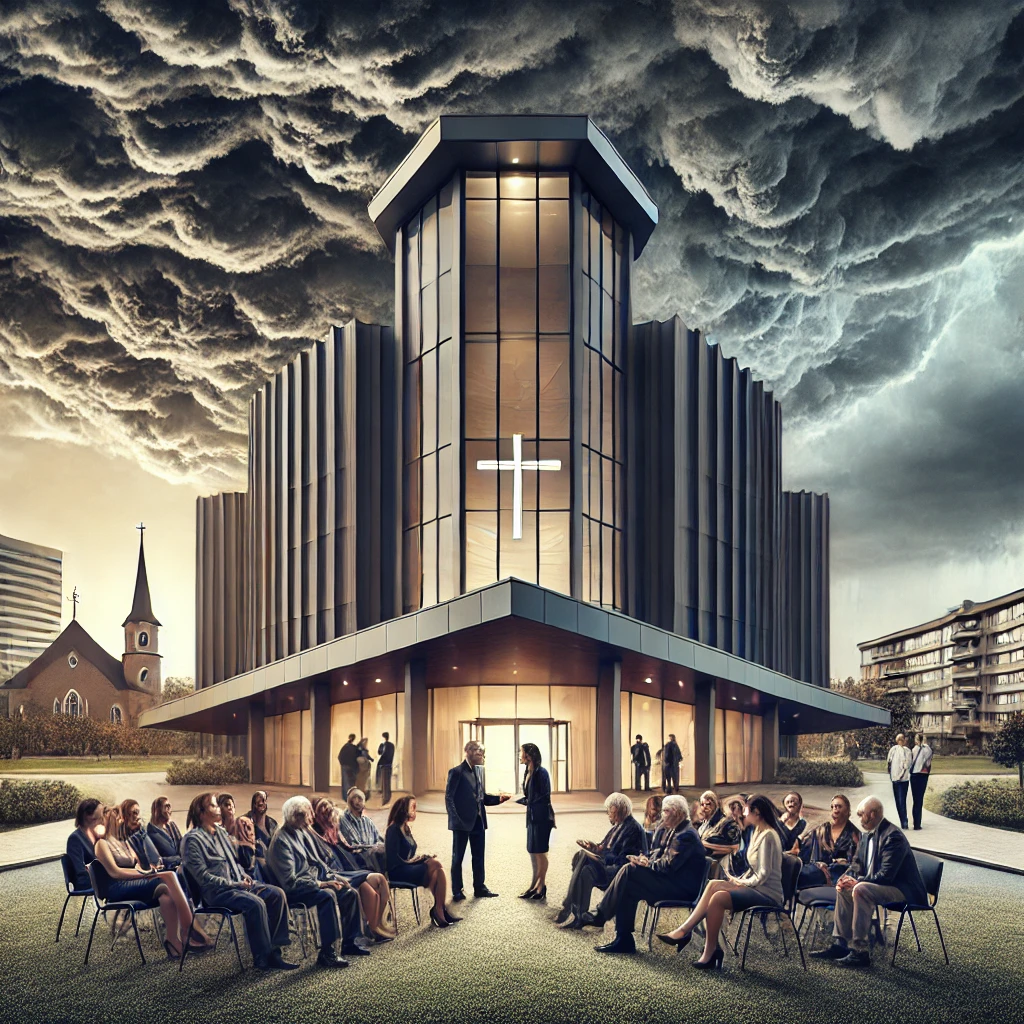In recent years, the Church of the Highlands exposed itself to significant controversy. As one of the largest mega-churches in the United States, it built a reputation through engaging worship, large-scale community outreach, and modern ministry. However, recent events have raised serious concerns about its transparency, leadership practices, and financial management. In this article, we take a deep dive into the church’s history, controversies, and future steps, helping readers better understand the implications for mega churches in today’s world.
History and Rise of the Church of the Highlands
The Church of the Highlands was founded by Pastor Chris Hodges in 2001 in Birmingham, Alabama. Starting as a small group meeting in a local school, the church quickly grew into one of the nation’s largest with more than 20 campuses. Its innovative approach to ministry—using social media, modern worship music, and practical sermons—attracted a wide and diverse audience.
Beyond its Sunday services, the church actively engages in community initiatives, including prison ministry, addiction recovery programs, and disaster relief. Highlands College, a ministry training school, further reflects its commitment to nurturing future church leaders. However, despite these positive contributions, the church’s rapid growth has come with mounting scrutiny.
Controversies that Shook the Church of the Highlands
The phrase “Church of the Highlands exposed” has come to represent the criticisms and scandals surrounding the church. Allegations of financial misconduct, leadership failures, and a culture of silence have tarnished its image. These issues highlight the challenges that arise when a religious institution grows too quickly without clear accountability mechanisms.
Financial Misconduct Allegations
The financial practices of the Church of the Highlands have drawn attention, leading to questions about how funds are allocated and managed. Reports suggest extravagant spending on events while essential community needs went unmet. Such revelations further fuel the narrative that mega churches prioritize spectacle over substance.
Leadership Accountability
The centralized leadership structure of the church has also come under scrutiny. Critics argue that having a small group of leaders in charge can lead to ethical misconduct and financial mismanagement. This shift can alienate congregants seeking genuine faith experiences.
Analyzing the Root Causes of Criticism in Mega Churches
Mega churches like the Church of the Highlands often struggle with balancing ministry and business. As these organizations expand, they sometimes adopt corporate-like practices—prioritizing growth, revenue, and spectacle over spirituality. This shift can alienate congregants seeking genuine faith experiences.
Critics argue that large religious institutions tend to centralize power among a select group of leaders, making them prone to ethical misconduct and financial mismanagement. The challenges the Church of the Highlands faces reflect broader issues many mega churches encounter when balancing faith with influence.
Comparing Church of the Highlands with Similar Mega Churches
To better understand the Church of the Highlands exposed controversy, it’s helpful to compare it with other mega churches, such as Hillsong and Lakewood Church. Similar institutions have also faced scandals, including leadership failures, financial mismanagement, and public backlash.
Hillsong Church
Hillsong, for example, encountered controversy over leadership misconduct, leading to resignations at the highest levels. The church’s rapid growth and celebrity association raised questions about the ethics of its operations, mirroring challenges faced by the Church of the Highlands.
Lakewood Church
Lakewood Church, led by Joel Osteen, has faced criticism for questionable financial practices. The controversies surrounding these mega churches highlight the struggles of religious organizations to maintain ethical standards while expanding their influence.
Impact of Scandals on Members and Donations
The exposure of scandals within the Church of the Highlands has had a significant impact on its members. Many former congregants reported feelings of betrayal, especially those who had financially supported the church. Donations often decline sharply when churches face public controversy, reflecting a loss of trust within the community.
Moreover, personal accounts from former members reveal frustration with the church’s rigid culture. Some congregants shared that dissenting voices were silenced, making them feel isolated or unwelcome when raising concerns. This erosion of trust not only affects current members but also deters new followers.
Legal and Financial Repercussions for the Church of the Highlands
The Church of the Highlands exposed controversy has legal and financial implications. Allegations of financial mismanagement and opaque practices have prompted closer scrutiny of the church’s operations. Critics argue that the church lacks sufficient financial transparency, raising doubts about how donations are allocated.
Investigative Actions
Legal actions may follow, particularly if former members pursue claims regarding the church’s handling of funds and accusations of misconduct. The outcomes of such investigations could severely damage the church’s reputation and financial stability.
Social Media’s Role in Amplifying the Controversies
Social media has played a pivotal role in bringing the Church of the Highlands exposed allegations to light. Platforms like Reddit, Twitter, and Facebook have enabled former members to share their experiences publicly. These platforms have also amplified discussions about misconduct, giving the controversy a life beyond traditional media.
Public Discourse
The power of social media lies in its ability to hold institutions accountable. In the case of the Church of the Highlands, online discourse has forced leadership to respond to accusations. However, it also demonstrates the challenges religious organizations face in managing public perception in a digital age.
Leadership’s Response: Reforms, Apologies, and Future Plans
In response to the allegations, Pastor Chris Hodges and the church leadership have issued public statements expressing regret for past mistakes. Hodges acknowledged that misjudgments were made, particularly in allowing individuals with troubled histories to preach within the church.
Commitment to Change
The church has also emphasized its commitment to reforms, including more transparent financial practices and greater accountability within its leadership structure. While these steps are commendable, critics argue that deeper cultural changes are needed to regain trust.
Ongoing Community Initiatives: Can Trust Be Restored?
Despite the controversies, the Church of the Highlands continues to engage in positive community initiatives, such as addiction recovery programs, food drives, and educational efforts through Highlands College. However, many question whether these efforts are enough to restore trust.
Aligning Actions with Mission
For the church to rebuild its reputation, it must ensure that its actions align with its mission. Demonstrating genuine care for the community and fostering a more inclusive environment will be essential for healing the rifts caused by recent events.
Conclusion: Lessons Learned and Future Outlook for Mega Churches
The story of the Church of the Highlands exposed is a cautionary tale for religious institutions. While the church’s rise to prominence showcases the potential of innovative ministry, the controversies reveal the pitfalls of unchecked growth. As mega churches expand, they must strike a balance between ambition and accountability.
The controversies surrounding the Church of the Highlands underscore the importance of transparency, leadership accountability, and financial integrity in maintaining trust within faith communities. Moving forward, religious institutions must learn from these events, adopting more transparent practices to avoid similar issues.
Ultimately, the future of the Church of the Highlands and other mega churches will depend on their ability to adapt to changing societal expectations. How they handle these challenges will determine whether they can thrive or be further exposed as organizations driven more by power than by faith.



